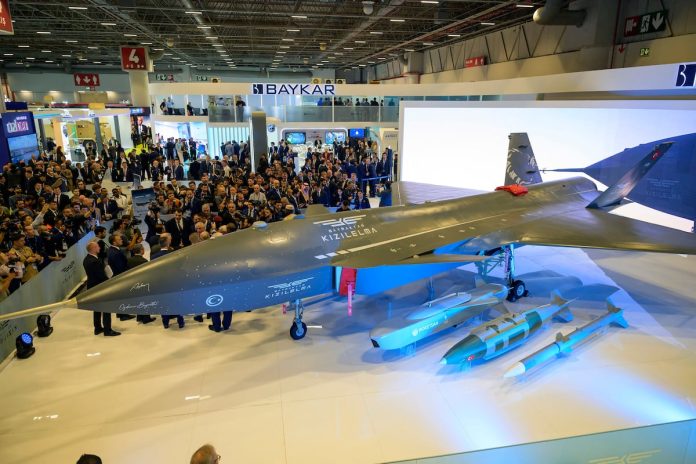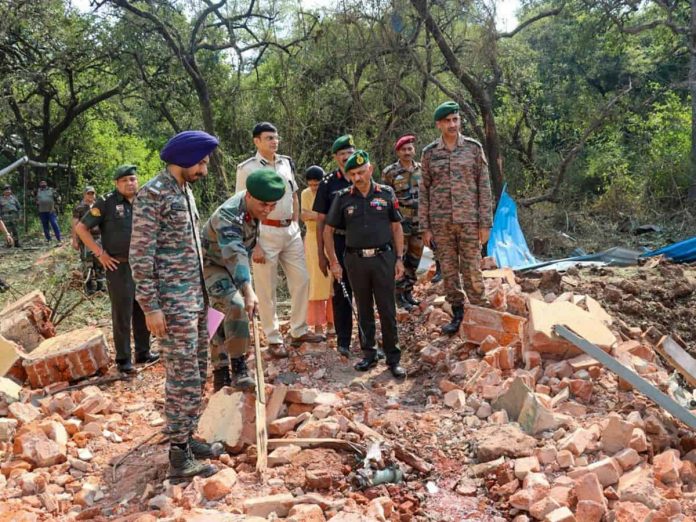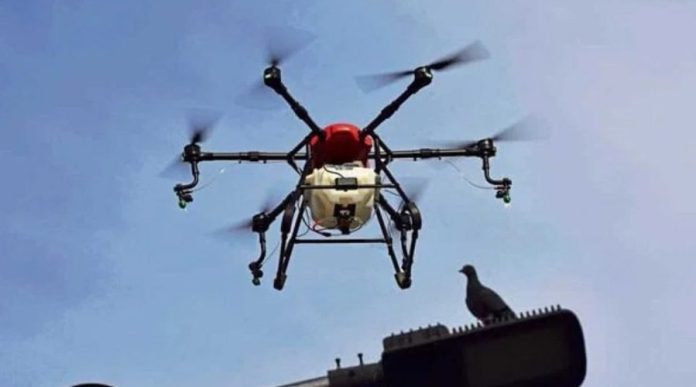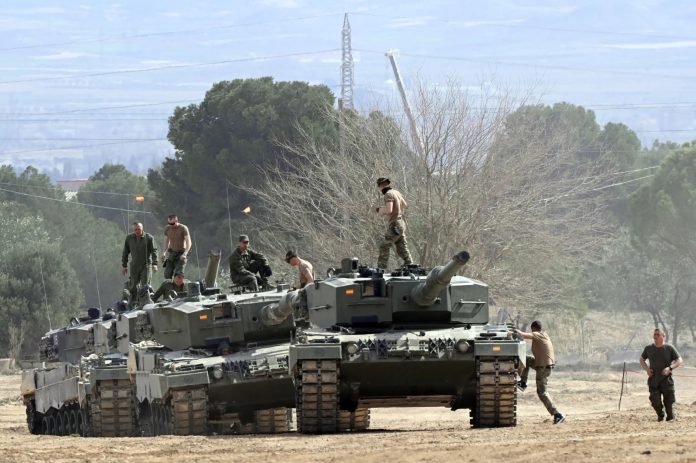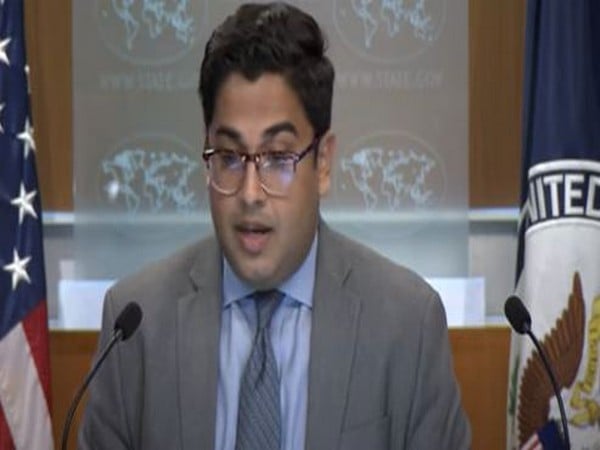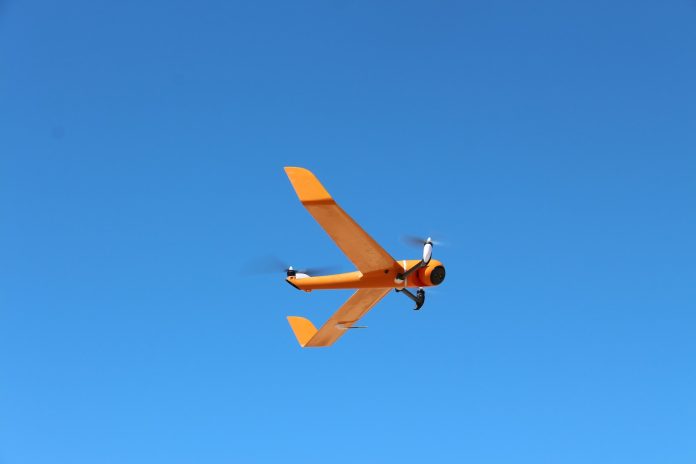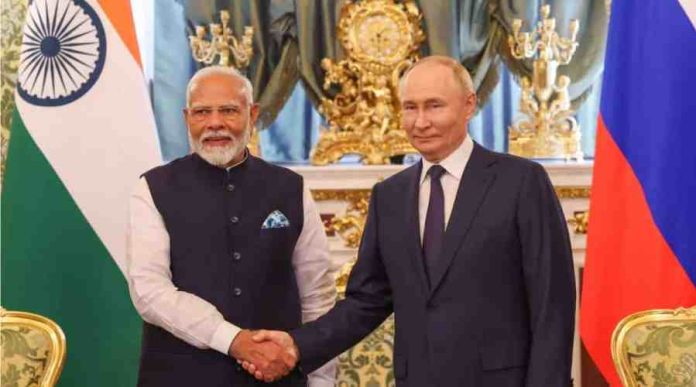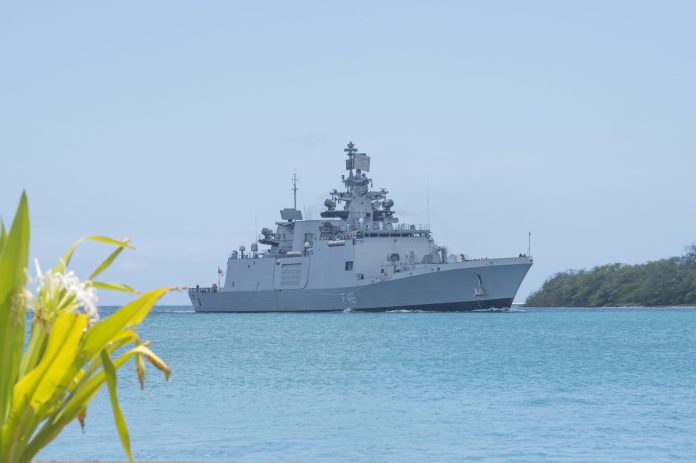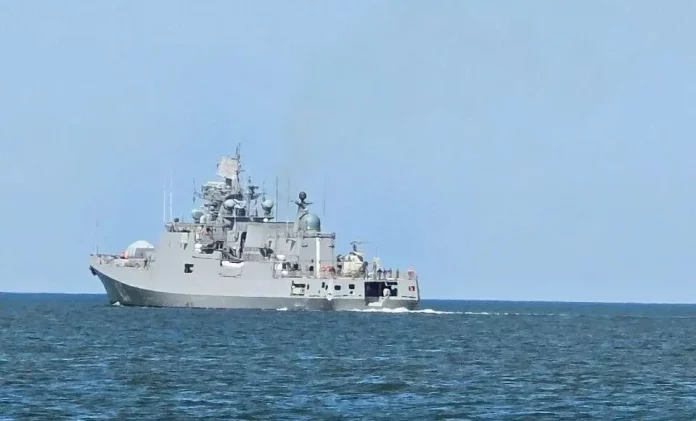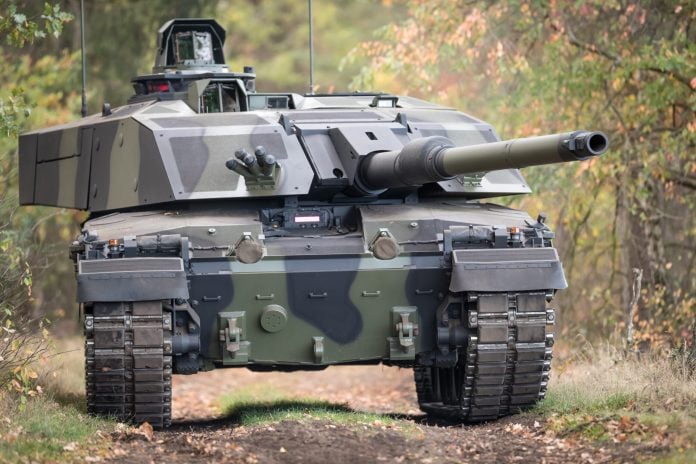Turkey Suffers Deadly Attack on Aerospace Company During Defense Expo
ISTANBUL — A terror attack targeting the headquarters of state-run Turkish Aerospace Industries (TAI) in Kahramankazan, near Ankara, resulted in at least four fatalities and 14 injuries on Wednesday. The incident occurred on the second day of Saha Expo, Turkey’s largest defense show, which runs from October 22-26.
Turkish Interior Minister Ali Yerlikaya confirmed that assailants launched the attack using explosives and firearms, with two of the attackers reportedly being killed during the assault. "We have four martyrs. We have 14 wounded. I condemn this heinous terrorist attack and wish mercy on our martyrs," said President Recep Tayyip Erdogan, who was attending a BRICS meeting with Russian President Vladimir Putin in Kazan, Russia, when he received news of the attack. Putin extended his condolences to Erdogan in response.
As the violence unfolded, sirens blared near the expo venue, prompting a swift evacuation of several government and industry officials, including TAI’s general manager, Mehmet Demiroglu, who left to return to Ankara. Heightened security measures were implemented around the Turkish Airlines Flight Training Center adjacent to the exhibition hall.
Eyewitness accounts and security footage revealed that three assailants, including a woman, arrived at the TAI complex in a taxi. After detonating an explosive device, they entered the premises armed with assault rifles. Multiple gunshots were reported as Turkish security forces reacted to the assault, with helicopters surveying the area.
Mayor of Kahramankazan, Selim Cirpanoglu, confirmed the attack at the aerospace company’s location but did not provide further details. Investigators are currently working to determine the identity and motives of the attackers. Historically, various extremist groups, including Kurdish militants and the Islamic State, have carried out similar operations in Turkey.
The TAI, which is instrumental in developing both military and civilian aerospace solutions, has been key in enhancing Turkey’s capabilities in combat against militant threats. Vice President Cevdet Yilmaz stated that the attack was aimed at undermining Turkey’s advances in the defense sector, emphasizing that such acts would not deter the workforce of the defense industry.
As of now, the future of the Saha Expo remains uncertain, though representatives indicated that plans may proceed as scheduled.
The incident marks a tragic day for the nation and underscores ongoing security challenges within Turkey.

